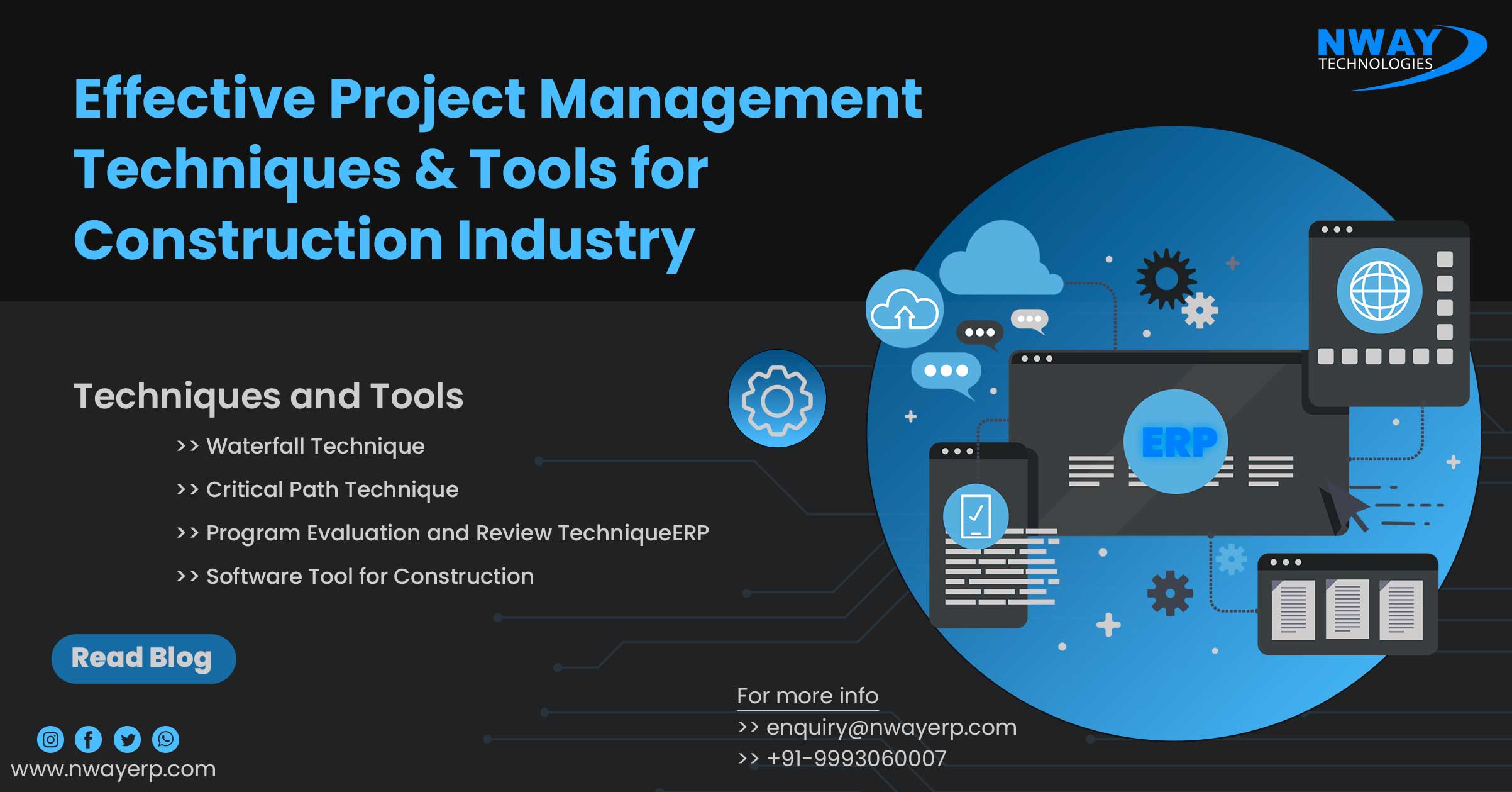Project management in the construction industry is a challenging task because it is not easy to manage the collaboration between all the departments and the workforce to accomplish a particular construction project activity. All the project management techniques and tools take management skills to apply in a system to make tasks easier, achievable, and more realistic.
Techniques and tools are very needful for construction so that projects can be completed without spending much revenue and workforce because if we spend more time and money on construction project activities without considering proper technology and tools, we will get into serious trouble. So today we will learn what are the effective project management techniques & tools for the construction industry to complete the project successfully.
Project Management Techniques and Tools
Waterfall technique: The First Project Management Technique
Waterfall techniques are also known as traditional project management techniques, which means that this technique is a branch of traditional and requires straightforward planning along with the fundamentals of project management to complete the project. In this technique, a project is divided into sequential phases where each phase depends on the completion of an earlier task, meaning it’s intended as “1, 2, then 3…”.
Critical Path Technique: The Second Project Management Technique
This project management technique is used to schedule and plan activities for projects and various tasks as per the requirements. In this technique you need to determine the longest duration of the interdependent activities and use it to project the length of time the project will be completed.
Using this technique to detect and confirm the longest path for performing the tasks is unreliable. Highlighting the critical importance of activities on a certain trajectory enables performing tasks individually and not sequentially.
Program Evaluation and Review Technique (PERT): The Third Project Management Technique
Construction management professionals widely use the PERT technique in the construction industry due to its visualization component. The technique uses charts to graphically present the timeline of a project and provide an at-a-glance understanding. PERT helps the development team to properly visualize the entire process and their results on charts. This method is best for long-term project, where it is helpful to look at the physical timeline and unique challenges. As the project progresses, these charts allow you to more easily evaluate time, resources, and plans.
Conclusion
In conclusion, efficient approaches and technologies must be used to manage departmental collaboration and successfully finish projects on schedule and within budget in the construction business. Some of the most often used project management methods in the construction industry are the Waterfall method, Critical Path technique, and Project Evaluation and Review technique (PERT). Additionally, the use of ERP software for construction project management has grown in popularity as a result of its capacity to integrate different software systems into a single, all-encompassing solution, enabling effective management of a project’s entire life cycle. Professionals in the construction industry can optimise project performance, cut costs, and boost efficiency by using these methods and equipment.



